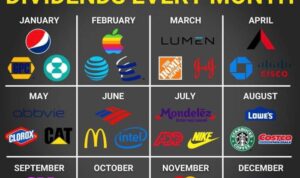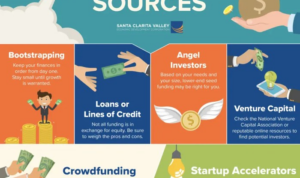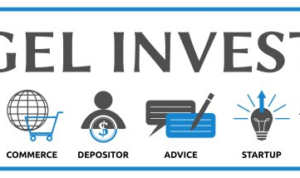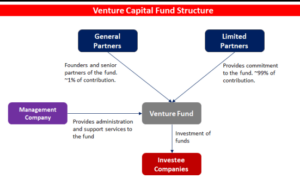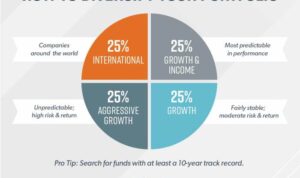Get ready to dive into the world of finance hacks, where savvy money management meets creative solutions. From budgeting tricks to investment strategies, this guide will show you how to take control of your finances like a pro.
Whether you’re looking to save more, invest smarter, or tackle debt, these finance hacks will help you reach your financial goals faster and easier.
Overview of Finance Hacks

Finance hacks are clever strategies or techniques that individuals use to save money, reduce expenses, or improve their overall financial situation. These hacks can range from simple budgeting tips to more complex investment strategies, all aimed at helping people better manage their finances and achieve their financial goals.
Examples of Common Finance Hacks
- Automating savings by setting up automatic transfers from checking to savings accounts.
- Utilizing cash-back rewards credit cards for everyday purchases to earn money back.
- Meal prepping and cooking at home to save on dining out expenses.
- Using apps to track spending habits and identify areas where expenses can be cut.
Potential Benefits and Risks
Implementing finance hacks can have several benefits, such as helping individuals save more money, build better financial habits, and reach their financial goals faster. However, there are also risks associated with some finance hacks, including potential scams, high-risk investment strategies, or sacrificing quality for savings.
Budgeting Hacks
Budgeting is a crucial aspect of managing your finances effectively. By creating a budget, you can track your expenses, prioritize your spending, and work towards your financial goals. Here are some practical tips and tricks to help you master the art of budgeting.
Different Budgeting Methods
When it comes to budgeting, there are various methods you can choose from based on your financial goals and preferences. Some popular budgeting methods include:
- The 50/30/20 Rule: Allocate 50% of your income to needs, 30% to wants, and 20% to savings and debt repayment.
- Zero-Based Budgeting: Give every dollar a job by assigning all your income to expenses, savings, or debt payments.
- Envelope System: Divide your cash into different envelopes for various spending categories to control your expenses.
Each budgeting method has its own advantages and may work better for different financial situations. Experiment with a few methods to find the one that aligns with your goals and lifestyle.
Sticking to Your Budget
Creating a budget is just the first step; sticking to it is where the real challenge lies. Here are some innovative ways to help you stay on track with your budget and avoid overspending:
- Track Your Expenses: Keep a record of all your spending to identify areas where you can cut back.
- Set Realistic Goals: Make sure your budget is achievable and aligns with your financial objectives.
- Avoid Impulse Purchases: Think twice before making a purchase and consider if it fits within your budget.
- Reward Yourself: Set aside a small portion of your budget for treats or rewards to stay motivated.
- Use Budgeting Apps: Leverage technology to help you monitor your finances and stay accountable.
By implementing these budgeting hacks, you can take control of your finances, reach your goals, and build a solid foundation for a secure financial future.
Saving and Investing Hacks
Saving and investing are key components of financial growth and stability. By implementing smart strategies, you can boost your savings and make your investments grow over time.
Maximizing Returns with Dollar-Cost Averaging
Dollar-cost averaging is a popular investment strategy where you invest a fixed amount of money at regular intervals, regardless of market conditions. This approach helps smooth out market volatility and can lead to lower average costs over time. By consistently investing over the long term, you can take advantage of market fluctuations and potentially maximize your returns.
Passive Investing for Minimal Risks
Passive investing involves investing in index funds or exchange-traded funds (ETFs) that track a specific market index, rather than trying to beat the market through active trading. This strategy is known for its low fees, diversification benefits, and minimal effort required on the investor’s part. By taking a hands-off approach and focusing on long-term growth, you can minimize risks and achieve steady returns.
Diversification for Risk Management
Diversification is key to reducing risk in your investment portfolio. By spreading your investments across different asset classes, industries, and regions, you can protect your portfolio from the impact of a single market downturn. Diversification helps ensure that no single investment has a disproportionate impact on your overall wealth, allowing you to weather market fluctuations more effectively.
Compound Interest for Accelerated Growth
Compound interest is a powerful tool for accelerating the growth of your investments over time. By reinvesting your earnings and allowing them to generate additional returns, you can snowball your wealth and achieve exponential growth. The longer you let compound interest work its magic, the more significant the impact on your investment portfolio.
Debt Management Hacks
When it comes to managing debt, it’s essential to have a strategic plan in place to tackle it effectively. By utilizing smart hacks, you can work towards paying off your debt and achieving financial freedom.
One key technique is negotiating lower interest rates with your creditors. By reaching out and explaining your situation, you may be able to secure a lower rate, reducing the overall amount you owe. Additionally, consolidating your debt into a single loan with a lower interest rate can make it easier to manage and pay off.
Staying motivated throughout the debt repayment process is crucial. It’s important to focus on the progress you’re making and celebrate small victories along the way. Remembering your ultimate goal of becoming debt-free can help you stay on track and continue working towards financial stability.
Techniques for Negotiating Lower Interest Rates
- Call your creditors and explain your situation, emphasizing your desire to pay off the debt.
- Highlight any positive changes in your financial situation that may warrant a lower interest rate.
- Be persistent and polite in your negotiations, advocating for a rate that is manageable for you.
- Consider working with a credit counseling agency for assistance in negotiating with creditors.
Financial Automation Hacks
Automating your finances and bills can bring numerous benefits, such as saving time, reducing the chance of missing payments, and improving financial discipline. By setting up automatic transfers and bill payments, you can ensure that your financial obligations are met on time without the need for manual intervention.
Benefits of Financial Automation
- Ensures on-time payments: Automating bill payments helps avoid late fees and penalties.
- Saves time: Eliminates the need to manually pay bills or transfer funds each month.
- Improves financial discipline: Helps create a consistent savings and investment routine.
- Reduces manual errors: Minimizes the risk of human error in managing finances.
Tools and Apps for Financial Automation
- Personal finance apps like Mint, YNAB, or Personal Capital allow you to set up automatic transfers and bill payments.
- Many banks offer online banking services with options for automating recurring transactions.
- Payment platforms like PayPal or Venmo can also be used to automate payments to vendors or individuals.
How Automation Enhances Financial Discipline
Automating your finances can help you stick to a budget, save regularly, and invest consistently. By setting up automatic transfers to your savings or investment accounts, you remove the temptation to spend that money elsewhere. This can lead to better financial habits and long-term wealth accumulation.

